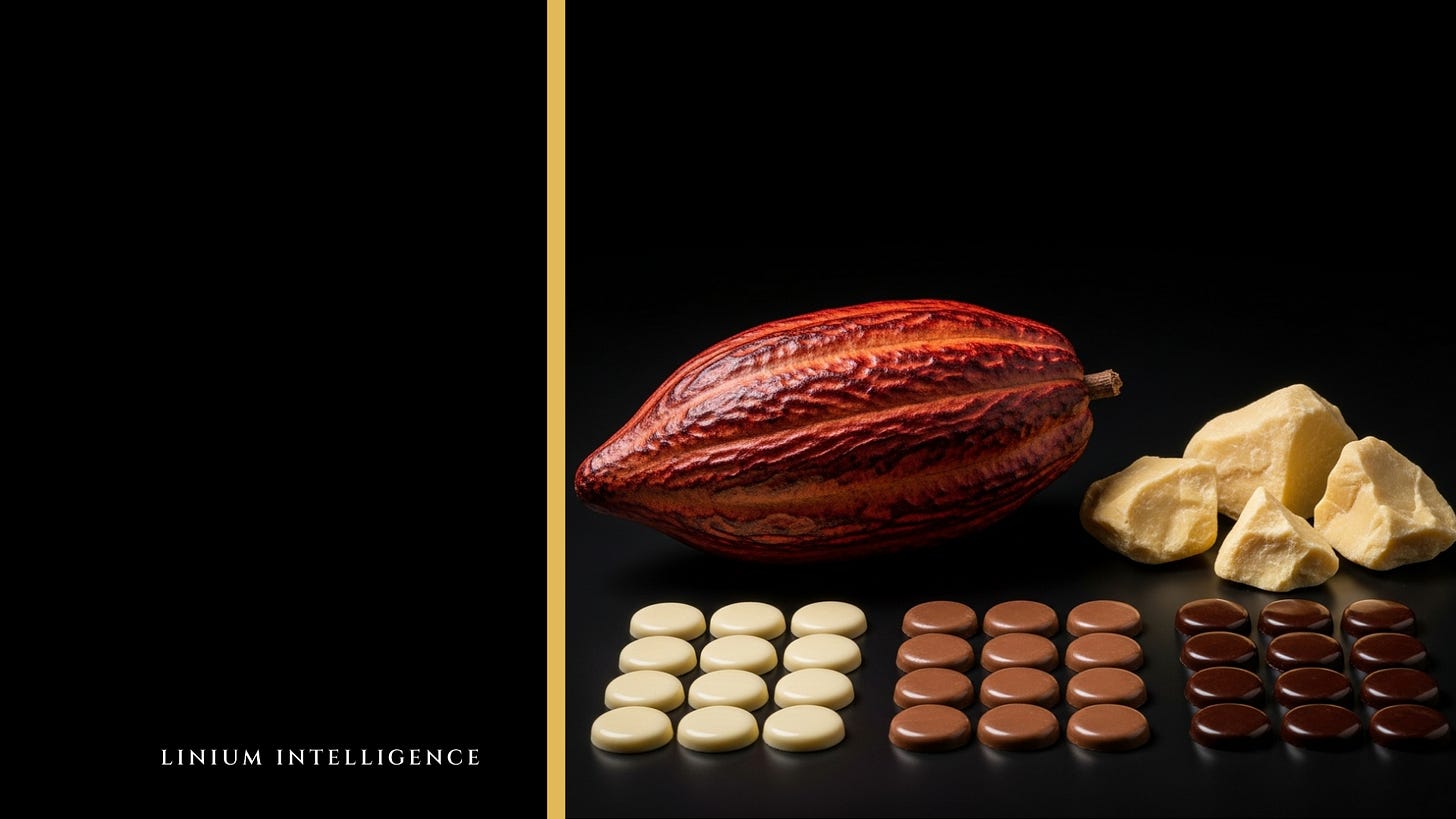Barry Callebaut Bolsters North American Footprint With $104 Million Canadian Expansion
Barry Callebaut, the world’s leading manufacturer of high-quality chocolate and cocoa solutions, has officially opened a significant addition to its North American manufacturing operations with the inauguration of a brand new $104 million facility in Brantford, Ontario.
This substantial investment marks the company’s first new factory in North America since 2008 and stands as its largest capital commitment in the region to date. The Brantford site is the third facility in Canada for the Zurich-based group, adding to existing operations in Chatham, Ontario, and St. Hyacinthe, Quebec. The strategic location in Brantford, a key food manufacturing hub, is designed to enhance local recruitment, shorten regional supply chains, and secure chocolate production for the domestic market.
The state-of-the-art facility is equipped with advanced production lines dedicated to a diverse range of cocoa and chocolate applications, including liquid moulding, liquid chocolate, and industrial moulding. It also incorporates integrated warehousing capabilities. The expanded capacity and advanced technology are intended to provide customers across Canada and the broader North American region with greater flexibility and service capabilities, underpinning Barry Callebaut’s commitment to strengthening its presence and confidence in the regional chocolate market. This multi-million dollar venture underscores the global chocolate industry’s continued focus on strategic, localized infrastructure development to navigate contemporary supply chain pressures.
Barry Callebaut’s Focused Global Footprint Strategy
Barry Callebaut, as the world’s leading business-to-business supplier of chocolate and cocoa products, is executing a highly focused and multi-pronged global supply chain expansion strategy across its key growth markets. The company’s recent actions demonstrate a commitment to targeted geographical capacity strengthening and infrastructure investment in logistics and warehouse technology.
In India, Barry Callebaut is building out its presence by inaugurating a third chocolate factory in Neemrana, an investment designed to serve diverse customers—from food manufacturers to local patisseries—and positioning India to become the company’s largest chocolate-producing market in the Asia Pacific region.
The company addressed global raw material handling with a collaboration in Malaysia with A.P. Moller - Maersk to open a Built-To-Suit cocoa bean warehouse in Pasir Gudang. This high-tech facility, one of the largest in Asia Pacific with a capacity of nearly 40,000 MT, utilizes a modern Warehouse Management System for enhanced real-time tracking, exemplifying the move towards digitized and integrated logistics.
Furthermore, Barry Callebaut is actively involved in Climate Change and Agricultural Innovation, partnering with Nestle in Brazil on a five-year planting initiative to establish 6,215 hectares of agroforestry, planting 7.7 million trees to accelerate towards Net Zero cocoa production, reflecting a strong commitment to sustainable sourcing at the agricultural level.
Competitor Supply Chain Moves Reflecting Diverse Strategic Imperatives
While Barry Callebaut focuses heavily on production capacity and logistics, its competitors are making significant investments across other critical areas of the supply chain, responding to market volatility, consumer demand, and regulatory pressure.
Regional production hub consolidation and expansion is evident with consumer brands like Cadbury (Australia), which opened its large-scale $130 million Truganina National Distribution Centre, consolidating four sites into one to boost storage and improve speed to market. Similarly, Haigh’s Chocolates (Australia) opened a new $120 million production and fulfillment facility to drastically increase its annual chocolate production capacity.
Strategic sourcing and tariff mitigation dictates the moves of some players, such as Lindt & Sprüngli, which shifted some production back to Europe from the United States to pre-emptively avoid retaliatory tariffs, highlighting the impact of geopolitical factors on manufacturing footprint decisions.
The trend of resilience and quality control through vertical integration is demonstrated by Whitakers Chocolates (United Kingdom), which invested in a new dedicated nut processing facility to bring manufacturing capability in-house, gaining greater control over quality and mitigating the impact of volatile cocoa prices.
In sustainability and deforestation-free sourcing compliance, companies are both adopting certified sourcing and lobbying for regulatory adjustments. DaVinci Gourmet, a brand under Kerry Group (Singapore), transitioned 100% of its cocoa in its full range to Rainforest Alliance Certified sources. Conversely, Mondelez International is pushing for a delay to the European Union’s deforestation law, citing challenges posed by record-high cocoa prices and existing supply shocks.
In climate change and agricultural innovation, Mars is advancing research by licensing Pairwise’s Fulcrum® CRISPR gene editing tools for cacao R&D, with the explicit goal of developing crops more resilient to climate variability and disease.
Lastly, research, development, and product innovation remains a key competitive area, with Mondelez International opening a new Consumer Research Centre in Bournville—the heart of its global chocolate R&D—following a £3.3 million investment to drive product quality and new formulations.

